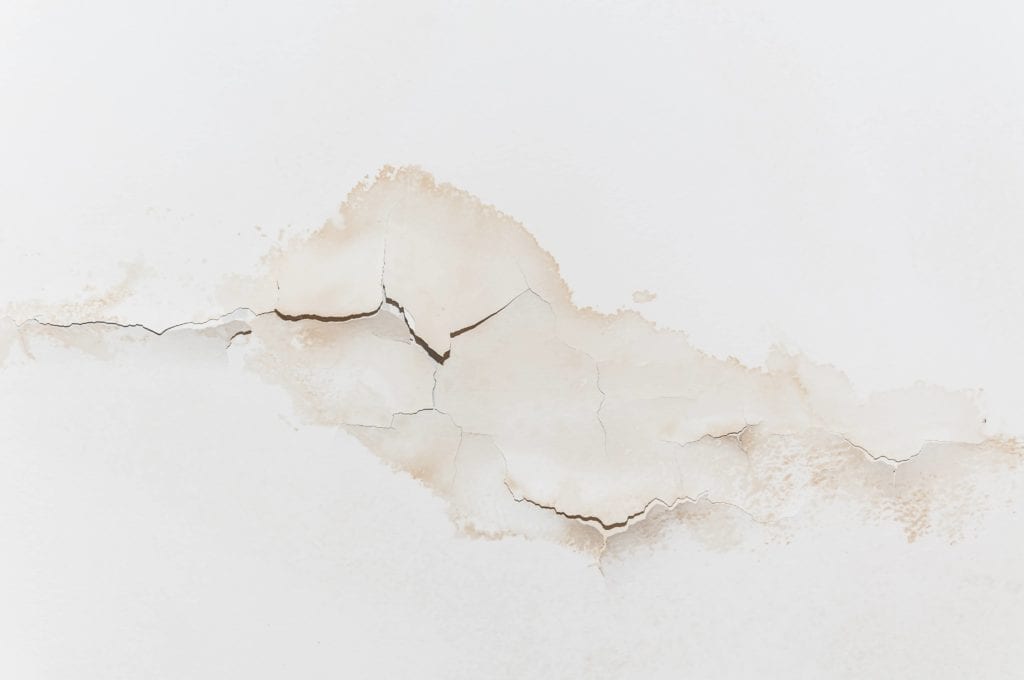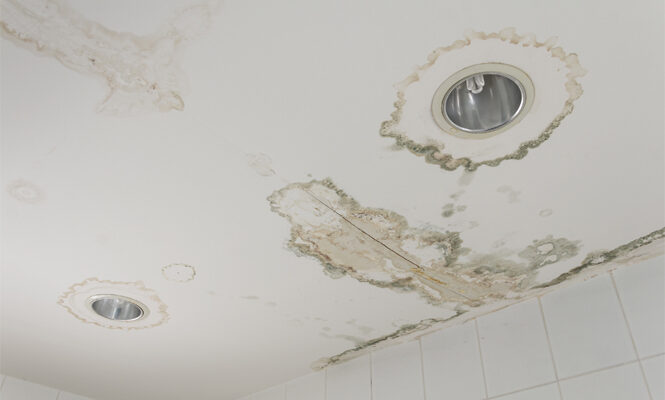Essential Steps to Address Water Stains on Walls: Checks
Essential Steps to Address Water Stains on Walls: Checks
Blog Article
Everyone maintains their personal rationale in relation to How to Remove Water Stains from Walls and Ceilings.

Water stains on wall surfaces are not enjoyable to the eyes. Your home must be without discolorations on the walls, roofing system, or floors. That is the suitable state of a house and also its frameworks. Yet, occasionally it seems nearly inevitable to experience water stains on walls in houses.
House owners living in damp areas frequently deal with the concern of water spots on wall surfaces. With precise as well as well-rounded information on the causes of water stains and prompt repair procedures, you will certainly constantly be an action in advance of such events.
3 Usual Sources Of Water Discolorations on Wall Surfaces
Unlike common belief, water discolorations on wall surfaces do not constantly come from bad building materials. There are numerous root causes of water spots on walls. These include:
Poor Drainage
When making a building strategy, it is vital to make sure appropriate drain. This will prevent water from permeating right into the walls. Where the drainage system is obstructed or missing, underground moisture accumulates. This web links to extreme wetness that you notice on the wall surfaces of your structure.
So, the leading cause of damp wall surfaces, in this case, can be an inadequate water drainage system. It can likewise be due to inadequate administration of sewage pipelines that run through the structure.
Moist
When hot wet air consults with dry cool air, it triggers water beads to base on the walls of structures. When there is heavy steam from cooking or showers, this takes place in bathrooms as well as kitchens. The water beads can stain the bordering walls in these parts of your home and also spread to various other areas.
Moist or condensation influences the roof as well as wall surfaces of buildings. When the wall surface is damp, it creates an appropriate setting for the growth of fungis and microbes.
Pipeline Leaks
Most houses have a network of water pipelines within the wall surfaces. It constantly increases the practicality of such pipes, as there is little oxygen within the wall surfaces.
Yet, a downside to this is that water leakage impacts the wall surfaces of the structure and also causes extensive damages. An indication of defective pipelines is the look of a water tarnish on the wall surface.
Water Discolorations on Wall: Repair Tips
Property owners would normally desire a quick fix when taking care of water discolorations. Yet, they would soon realize this is counterproductive as the water stains repeat. So, here are a few useful tips that will certainly assist you in the repair service of water discolorations on walls:
Pro Pointer
A houseplant in your home also boosts its humidity. So, if your house is already damp, you may wish to introduce houseplants with very little transpiration. An instance of suitable houseplants is succulents.
Conclusion
Although nobody intends to have water stains on walls in their home, it can happen to the very best people. This short article offers you leverage, as you currently recognize exactly how to manage this mishap if it does happen.
It is constantly best to recruit specialist solutions to assist take care of the damages in your home.
Occasionally it seems practically unpreventable to experience water stains on walls in residences.
Contrary to prominent idea, water discolorations on walls do not always stem from inadequate structure materials. There are a number of reasons of water discolorations on walls. The water droplets can tarnish the bordering walls in these parts of your house and also spread to other areas.
Right here are a couple of handy suggestions that will assist you in the fixing of water stains on walls:
CHECKING FOR WATER DAMAGE
Water damage can be costly, and it may begin before you even notice the first signs of trouble. Water damage can cause mold and mildew in your walls and floors, which can create an abundance of health concerns for your family. It can also lead to costly repairs of various appliances and general home fixtures. To avoid the pricey consequences of water damage, here are Warner Service s top 5 places you should check:
The walls The easiest place to spot the beginnings of water damage is on the walls and ceilings of your home. If water damage is present, there will most likely be water stains, especially around the windows and doorframes, and/or cracks in the drywall. If a stain looks unusual (discolored to brown, black or gray, raised texture), has a swollen appearance or is soft to the touch, contact a professional immediately. The pipes To avoid water damage, consistently check the pipes in your kitchen (especially the dishwasher and ice maker), bathrooms, laundry room (specifically washing machines) and basement for corrosion, leaks and water stains. Pay special attention to where the pipes connect in your home and the location of caulking around the bathroom fixtures, including toilets, sinks, showers and tubs. Missing or loose caulking and grout could be signs of leaking water. This seepage can also quickly cause mold and rust, so double check your water heater and tank for wet spots on the floor. The floor Water damage is very easy to spot on the floor. Look for any warping or buckling of the material, especially in the basement. If your home has wood flooring, look for bright white or dark stains. If your home has carpeting, keep it dry and clean. A damp carpet that smells of mold could cause water damage and health problems. To avoid this, consider installing floor pans under your appliances to help prevent damages from small, slow and undetected leaks. The basement and attic If your basement or attic smells odd check for mold and mildew around the area, especially the valley where the roof meets. While you are inspecting those areas, check for wall cracks, floor stains, rust and dampness in the insulation. If you live in a colder and/or rainier climate, perform routine checks for water damage from melting snow or ice and rain. The exterior Check the roof for damaged flashing and missing, cracked or curled shingles. There should also be no standing water anywhere outside your home. This could be caused by puddles, leaky rain gutters or hoses, poor drainage, or short gutter spouts. Invest in a sump pump system or water flow monitoring system, and perform routine maintenance on these outdoor appliances to avoid indoor water damage.

We had been made aware of that report about Indicators of Water Damage Behind Walls through an acquaintance on our other domain. Please take the opportunity to distribute this blog if you liked it. We love reading our article about .
Visit Page Report this page